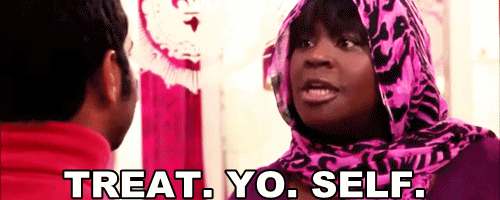While learning what it means to be an activist, we have been crafting what our activism may look like. And I think all of us Moxies can agree on one thing: it is physically and emotionally draining. We are constantly stressed and tired of talking about how we feel, what we think, and what we are going to do about it. Thus, there’s an emphasis for us as activists to practice self-care, to check-in with ourselves, and to ensure we maintain our personal well-being in order to keep on keeping on.

Which is why when Shannan first introduced this idea of communal care, it struck me as an odd idea. But I quickly sucked up the concept of communal care as a practice that we should all engage in *see pros & cons list below* — For those of us engaging in social justice movements, we do so with the aim to bring together collective action from those around us. While I do see self-care as something we should all remember to do, by solely centering care on the individual, we ignore the point of why care is necessary. We are all resisting the systemic inequalities and oppression  of society. That resistance is meant to be trying and difficult and it is meant to break us down — which is why we must take the initiative to care for each other.
of society. That resistance is meant to be trying and difficult and it is meant to break us down — which is why we must take the initiative to care for each other.
Activism is instilling leadership in our communities, not just in ourselves, to build a collective effort and to create a movement. Communal care is prioritizing all of our healing as we all bear the struggles of activist work. We must shift the focus from the individual to the community, both in our activism and in our care, in order to counter the systemic inequalities that impact all of us. Because don’t we all deserve to prosper?

